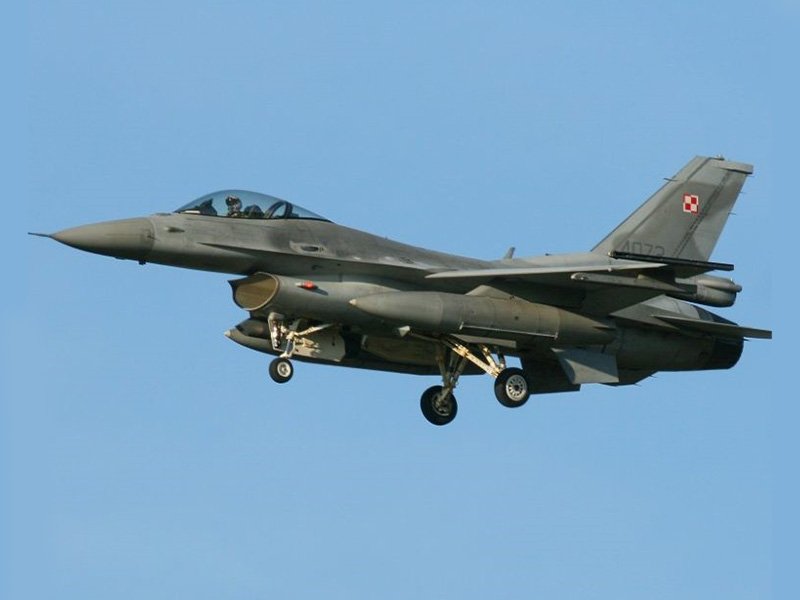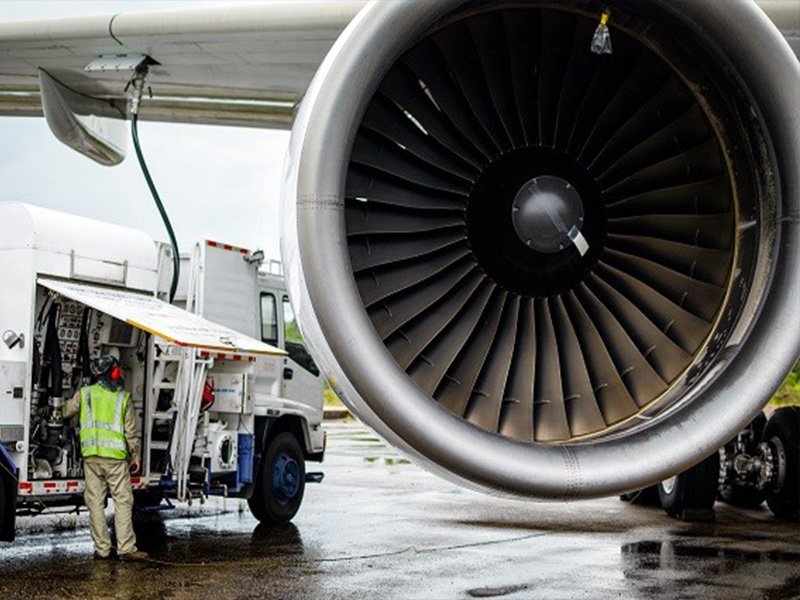JP54 – Jet Fuel A1
JET A-1 is an aviation fuel formerly known as “kerosene” which is suitable for most jet aircraft. It meets stringent international requirements, particularly those of the latest versions of the AFQRJOS, the British DEF STAN 91-91 standard, the ASTM D1655 standard, and the NATO F-35 specification. It has a minimum flashpoint of 38°C and a maximum freezing point of -47°C. JET A-1 is the principal fuel used for jet turbine engines. It is also used in general aviation for compatible diesel engine planes.

Jet fuel or aviation turbine fuel (ATF) is a type of aviation fuel designed for use in aircraft powered by gas-turbine engines. It is colourless to straw-coloured in appearance. The most commonly used fuels for commercial aviation are Jet A and Jet A-1, which are produced to a standardized international specification. The only other jet fuel commonly used in civilian turbine-engine powered aviation is Jet B, which is used for its enhanced cold-weather performance.
Jet fuel is a mixture of a large number of different hydrocarbons. The range of their sizes (molecular weights or carbon numbers) is restricted by the requirements for the product, for example, the freezing point or smoke point. Kerosene-type jet fuel (including Jet A and Jet A-1) has a carbon number distribution between about 8 and 16 (carbon atoms per molecule); wide-cut or naphtha-type jet fuel (including Jet B), between about 5 and 15.
Aviation Kerosene Colonial Grade 54 Jet Fuel JP 54

Aviation Kerosene Colonial Grade 54 Jet Fuel JP 54: Jet fuel A-1. Jet fuel designed for use in aircraft powered by gas-turbine engines. It is clear to straw-coloured in appearance. The most commonly used fuels for commercial aviation are Jet A and Jet A-1 are produced to a standardized international specification. Jet fuel is a mixture of a large number of different hydrocarbons. The range of their sizes is restricted by the requirements for the product, for example, the freezing point or smoke point.
Kerosene-type jet fuel has a carbon number distribution between about 8 and 16 carbon numbers (carbon atoms per molecule); wide-cut or naphtha-type jet fuel (including Jet B), between about 5 and 15 carbon number. Jet A-1 is the standard specification fuel used in the rest of the world. Jet A-1 has a flash point higher than 38 °C (100 °F), with an autoignition temperature of 210 °C (410 °F).

JP54 is an abbreviation for “Jet Propulsion, A1, Colonial Grade 54″. During the refining process only 15% of the crude oil is made up of JP54 the rest of the grade is used for different types of plastic. Developed by JP Morgan, Colonial grade JP54 was replaced by AVGAS also known as AVGAS100LL.
Actually, most jet fuel exported is “JP54” or “Colonial JP54”. It is similar to “Jet A” except the the Specific Energy is 18.4 mj/kg compared to that of 42.8 mj/kg of “Jet A”.













